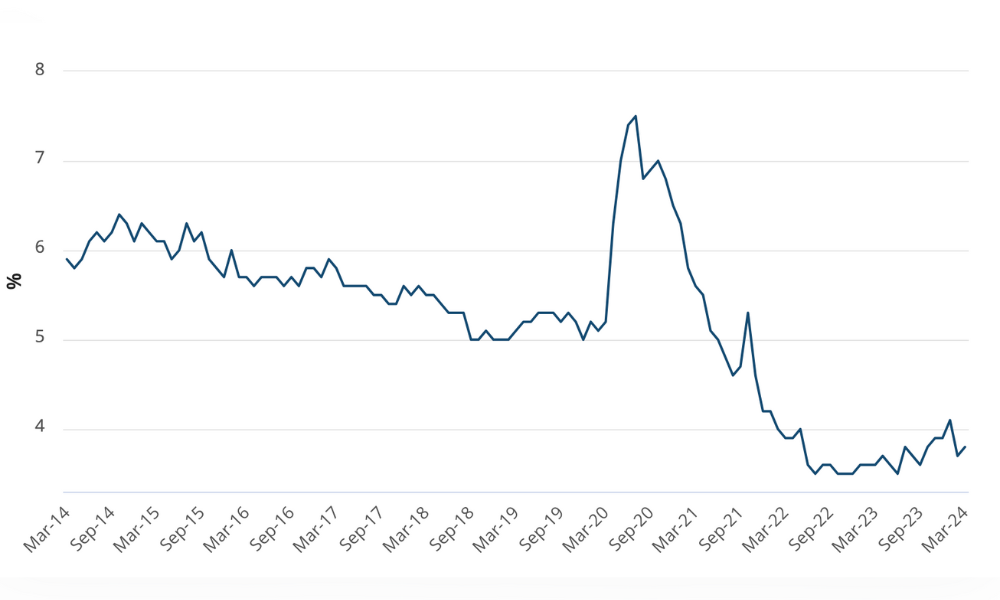A new course of action is available against employers under the Fair Work Act 2009 (Cth) (the Act), which commenced on 1 July 2009, known as 'adverse action'. Fay Calderone outlines the requirements for employers
A new course of action is available against employers under the Fair Work Act 2009 (Cth) (the Act), which commenced on 1 July 2009, known as 'adverse action'. Although the concept has received little publicity so far, it is vital for employers to be aware of the possibly onerous requirements they could be subject to under the new laws. This is largely a result of the new broadly defined concept of a 'workplace right'.
Essentially, an employer is prohibited from taking adverse action against another person based on their 'workplace right', or because of their race, sex, colour, sexual preference, age, disability, marital status, family or carer's responsibilities, pregnancy, religion, political opinion, national extraction or social origin (subject to inherent requirements/defences that exist under current discrimination legislation).
What is a workplace right?
A person has a workplace right if he or she is:
- Entitled to the benefit of, or has a role or responsibility under a y yworkplace law, instrument or order of an industrial body.
- Able to initiate or participate in a process or proceedings under ya workplace law or instrument.
- Able to make a complaint or inquiry to a person or body having ycapacity under a workplace law to seek compliance with that law or workplace instrument.
- An employee who is able to make a complaint in relation to his yor her employment.
What is an adverse action?
The Act sets out numerous circumstances which may result in an employer taking adverse action against an employee, including if the employer:
- Dismisses the employee.yInjures the employee in his or her employment.
- Alters the position of the employer to the employee's prejudice.
- Discriminates between the employee and other employees of ythe employer.
However, the new provisions do not only protect employees. An organisation may also be liable for an adverse action claim if they refuse to employ or discriminate against a prospective employee. The action can even extend to include independent contractors, prospective contractors and union officers or members.
Further, the scope of an adverse action extends to threatening to take action, organising to take action, coercion, undue influence or knowingly or recklessly making a false and misleading representation about the workplace rights of another, or the exercise of such rights.
Implications for employers
The new adverse action provisions are likely to have significant ramifications for employers, as they potentially expand the scope of discrimination and victimisation actions which were traditionally confined to the relevant State and Federal anti-discrimination laws and enforcement bodies.
The provisions also provide employees who have not completed the relevant minimum period of employment or who are paid above the high income threshold with an alternative avenue for recourse, and extends to cover actions that fall short of dismissal such as performance management processes, demotions or threats of dismissal.
Accordingly, the provisions allow employees to pick and choose between actions based on likelihood of success, and allow avenues for recourse where employees potentially would have been barred from recourse under the unfair dismissal laws.
A claim may be made to Fair Work Australia to intervene and deal with the dispute, with the option for further recourse to the Federal Court or Federal Magistrates if unsuccessful. This creates substantial exposure to the employer to civil penalty provisions invoking fines of up to $6,600 for an individual and $33,000 for a corporation, in addition to the remedy provided to the employee or other individual bringing the action.
What should employers do?
While employers wait with baited breath for the crucial first test cases to give some guidance as to the adverse action provisions, it is wise to err on the side of caution.
To minimise exposure to an adverse action claim, it is recommended that employers:
- Implement, ensure compliance with and consistently enforce policies and procedures, regarding grievance and dispute resolution, discrimination, bullying and harassment.
- Implement clear guidelines and procedures to be followed during ythe recruitment and selection process to safeguard against adverse action claims by job applicants.
- Train employees regarding what constitutes adverse action and yimplement appropriate complaint avenues, including how to deal with complaints and enforce policies and procedures.
- Ensure appropriate documentation of workplace decisions to ysubstantiate actions in the event that adverse action is alleged.
About the author
Fay Calderone is a senior associate with MatthewsFolbigg Lawyers. For more information call: (02) 9806 7412 or email: [email protected]








